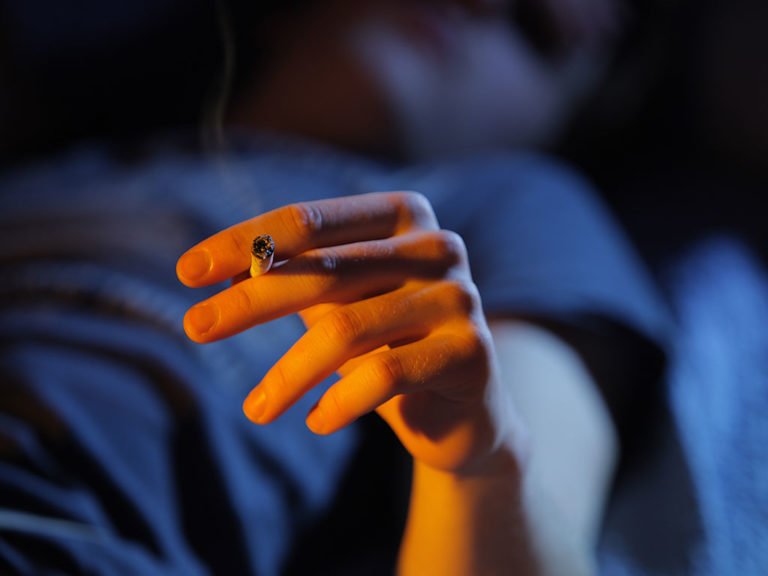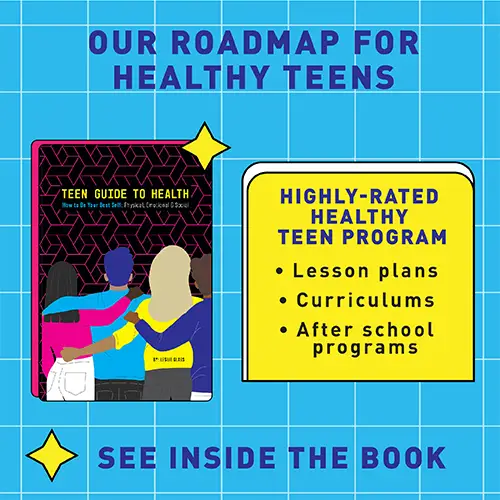Afraid your teens are smoking pot? Here are four ways you can help your teens to say “No” and look at the facts together.
Kids of all ages need to hear from their parents regularly to learn what’s good for them and what’s not so good; what are the healthy behaviors that they should work on, and what behaviors and activities they need to avoid. You do this when they are toddlers, keep up the conversation about tough subjects too. You’re still the parent and their guiding light.
No Scare Tactics Allowed
It is tempting, in the case of pot, or other substances, to simply express your fears by telling your child/teen frightening stories of what might happen if they use marijuana. Don’t fall for it. That makes the argument about you and not the issue at hand. Your child will simply say you are a worried, hysterical parent. A more productive approach is to join them in their perspective and look at the facts together.
Studies show that parents have an enormous amount of influence on their children, so the younger they are when you start talking to them about tough subjects, the better the outcome for them, and for you.
Always remember that every conversation you have is related to social issues they face as well as the specific topic you’re addressing. So give them the facts while keeping the following things in mind.
- It’s not easy being a kid these days. Kids receive information from many sources that is often not accurate. Parents are the very best people to set the tone for receiving the facts. Our kids also have pressures we didn’t have. Compassion and understanding of what’s happening around them helps your kids know we’re are on their side.
- It’s your home. You have the right and responsibility to tell your children what’s not acceptable to you. First, explain you won’t let them do something you know is harmful to them, or illegal. You wouldn’t let them smoke, or drive, or drink, or do other adult activities while they are living at home.
Four Comebacks For Teens And Pot
1. Teen:
Now that Marijuana has been approved for medical use, and recreational use in so many states, it must be safe to use.
Parent:
That’s a good point. Just because a state approves a drug or activity doesn’t mean it isn’t harmful. Adults do unhealthy yet legal things like drinking too much alcohol, going to tanning beds, smoking cigarettes and vaping. They choose whether they want to do it anyway. And none of those are legal for children and teens because we know it will hurt them.
2. Teen:
Come on. I bet you used (or I know you use) marijuana and it didn’t (doesn’t) hurt you.
Parent:
Marijuana has been around for a long time. The natural plant may not be harmful in itself. But it’s been weaponized and is much stronger now. What’s being sold on the street is no longer the natural plant. Now marijuana is 14 times more potent than it was in my day. So there are more health hazards especially for children and teens:
- Today newer strains of marijuana have different effects than those of the 1970s and 1980s, when THC averaged roughly 3 percent according to National Institute on Drug Abuse (NIDA).
- In the early 1990s, the average THC content in marijuana was about 3.74 percent.
- In 2013, it was almost 10 percent, and much higher in some products such as oils and other extracts. Smoking extracts and resins from the marijuana plant with high levels of THC is on the rise.
- There are several forms of these extracts, such as hash oil, budder, wax, and shatter. These resins have 3 to 5 times more THC than the plant itself. (NIDA)
3. Teen:
If it’s approved for medical use, it must have some benefits.
Parent:
Maybe. There are cases where medical marijuana helps, but the research is still out on how much benefit there is for which disease. THC reduces nausea. In fact, two FDA-approved drugs with THC are prescribed in pill form to people who feel sick or have no appetite as a result of chemotherapy or AIDS. And there is some indication that it helps with seizures. But not enough research has been done to show the benefits. There are a lot of studies that show the harm marijuana can do.
4. Teen:
A lot of kids at school do it. How can it hurt?
Parent:
I’m sure a lot of kids at school do a lot of things you don’t want to do. Some of them may be drinking alcohol, or taking pills, too. Or maybe these kids tell you pot is less harmful that alcohol. The fact is pot is not safe for a lot of reasons. Here are some facts about marijuana and the brain from the National Institute on Drug Abuse.
As marijuana enters the brain, THC (that we talked about before and is heightened in the new pot) attaches to cells, or neurons that are called cannabinoid receptors. Certain parts of the brain have a lot of cannabinoid receptors and these are the areas most affected.
How Pot Effects The Brain
- Learning and memory. The hippocampus plays a critical role in certain types of learning. Disrupting its normal functioning can lead to problems studying, learning new things, and recalling recent events.
- Coordination. THC affects the cerebellum, the area of our brain that controls balance and coordination, and the basal ganglia, another part of the brain that helps control movement.
- Judgment. Since THC affects areas of the frontal cortex involved in decision making, using it can make you more likely to engage in risky behavior.
How Pot Effects The Body
- Increased heart rate. When someone uses marijuana, heart rate—normally 70 to 80 beats per minute—may increase by 20 to 50 beats per minute or, in some cases, even double.
- Respiratory (lung and breathing) problems. Smoke from marijuana irritates the lungs, and can cause a chronic cough—effects similar to those from regular cigarettes.
- Increased risk for mental health problems. Marijuana use increases depression and anxiety, as well as suicidal thoughts among adolescents.
Finally, you may need some professional help. Find adolescent and family counselors at Recovery Guidance.





















